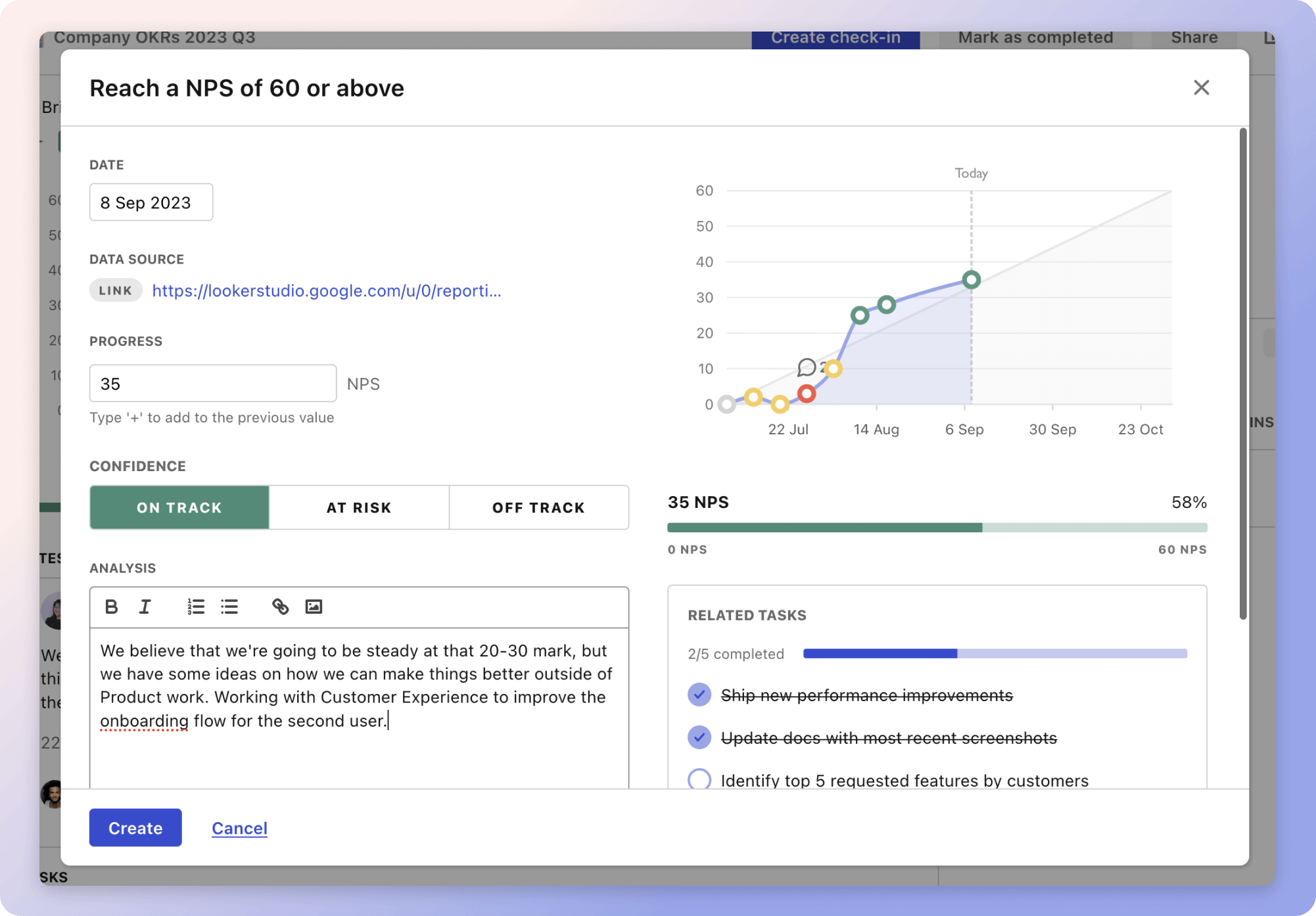The strategy involves developing a comprehensive five-year financial plan for precast companies, focusing on growth and profitability. It is divided into three main strategies. Firstly, optimizing cost management includes actions like conducting detailed cost analyses and implementing bulk purchasing agreements, which can help companies save money. For example, investing in automation can reduce manual process costs.
Secondly, diversifying revenue streams aims to explore new markets and products, such as entering international markets or developing new product lines for emerging sectors. This might involve forming strategic partnerships with construction firms or leveraging technology for added services.
Lastly, enhancing financial resilience includes establishing cash reserves and reducing reliance on single customers, ensuring the company can withstand economic fluctuations. Investing in dynamic pricing models and risk management frameworks further supports long-term financial stability.
The strategies
⛳️ Strategy 1: Optimise cost management
- Conduct a detailed cost analysis across all departments
- Identify areas with potential for cost savings
- Implement bulk purchasing agreements with suppliers
- Invest in technology to automate manual processes
- Regularly review and adjust budget allocations
- Develop a cost-accounting system for tracking expenditures
- Negotiate better terms with existing suppliers
- Conduct regular financial audits to ensure transparency
- Train staff on cost-effective practices
- Benchmark costs against industry standards
⛳️ Strategy 2: Diversify revenue streams
- Identify potential new markets for product expansion
- Develop new product lines tailored to emerging markets
- Form strategic partnerships with construction firms
- Explore export opportunities in international markets
- Leverage technology to offer value-added services
- Create a specialised sales team to target new industries
- Invest in market research to anticipate industry trends
- Develop long-term contracts with key clients
- Strengthen online presence to reach a broader audience
- Set specific financial targets for each new revenue stream
⛳️ Strategy 3: Enhance financial resilience
- Establish a robust cash reserve for economic downturns
- Implement a dynamic pricing model to respond to market changes
- Reduce dependency on a single customer or market segment
- Invest in financial forecasting tools for better planning
- Develop a risk management framework for financial uncertainties
- Diversify investment portfolio to spread financial risk
- Review debt structures and aim to reduce interest burdens
- Increase equity financing to strengthen the balance sheet
- Engage financial consultants for expert advice periodically
- Align financial strategies with overall business goals
Bringing accountability to your strategy
It's one thing to have a plan, it's another to stick to it. We hope that the examples above will help you get started with your own strategy, but we also know that it's easy to get lost in the day-to-day effort.
That's why we built Tability: to help you track your progress, keep your team aligned, and make sure you're always moving in the right direction.

Give it a try and see how it can help you bring accountability to your strategy.
